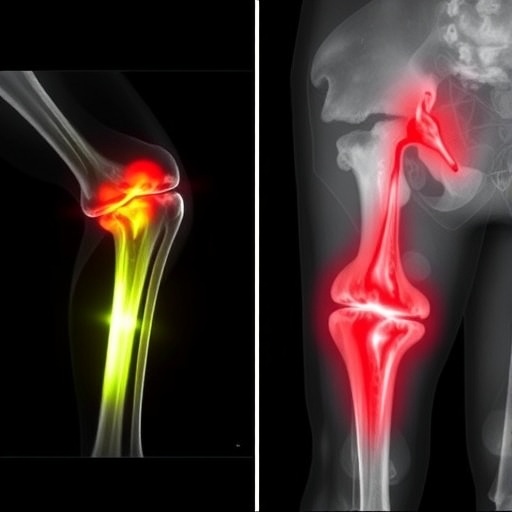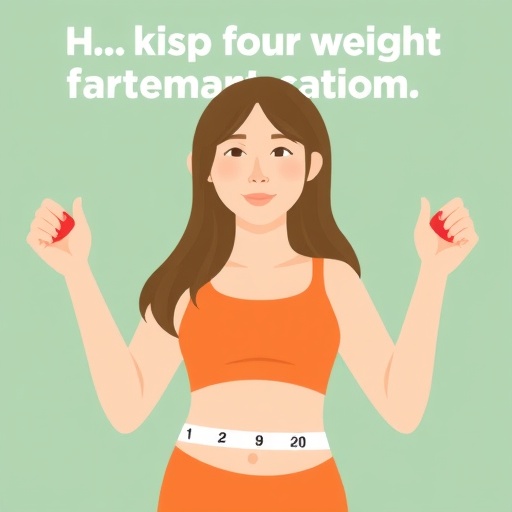
Credit: Oregon Health & Science University/Kristyna Wentz-Graff
Patients with sleep apnea who have short interruptions in breathing while they sleep are at higher risk for death than those with longer interruptions, according to a study published in the American Journal of Respiratory and Critical Care Medicine.
"This finding could help doctors better prevent long-term mortality associated with obstructive sleep apnea," said the study's lead author, Matthew P. Butler, Ph.D., an assistant professor of behavioral neuroscience in the OHSU School of Medicine and an assistant professor in the Oregon Institute of Occupational Health Sciences at OHSU. Butler collaborated with colleagues from OHSU and Brigham and Women's Hospital on the study.
Sleep apnea occurs when throat muscles sporadically relax and block a patient's airway during sleep. The condition is linked to a number of ailments, including high blood pressure and heart disease, and increases the risk of dying.
Sleep specialists currently use a measurement called the apnea hypopnea index, or the number of times a patient stops breathing per hour of sleep, to diagnose the severity of a patient's sleep apnea. But the index, which is largely based on data from men, does not predict risk well in women.
This new study found that, in addition to how many breathing interruptions occur, how long each one lasts is also important. Patients with the shortest apneas were 31 percent more likely to die during the study's decade of follow-up with participants. This held true for both male and female participants.
Currently, the best sleep apnea treatment is a continuous positive airway pressure, or CPAP, machine. But some patients find the machine – which requires wearing a mask during sleep – uncomfortable and choose not to use it, particularly if their apnea is not severe.
This new research could help physicians give better-informed treatment recommendations. For example, it may be beneficial to encourage both men and women with short breathing interruptions to use a CPAP machine – even if they only have mild or moderate sleep apnea.
###
This study was supported by the National Institute of Health (grants R21HL140377, R01HL125893, R35HL135818 and R24HL114473), the American Sleep Medicine Foundation (Focused Project Award), the American Heart Association (grant 15SDG25890059), and the American Thoracic Society Foundation.
Links:
Matthew P. Butler, Ph.D.: https://www.ohsu.edu/people/matthew-butler/AFE0548AFDD3CCD3E18E48823F48A226
Related:
American Journal of Respiratory and Critical Care Medicine: "Apnea-hypopnea event duration predicts mortality in men and women in Sleep Heart Health Study," https://www.atsjournals.org/doi/abs/10.1164/rccm.201804-0758OC
Media Contact
Franny Whit
[email protected]
503-494-4158
@ohsunews
http://www.ohsu.edu
Original Source
https://news.ohsu.edu/2018/10/19/releases-20181019 http://dx.doi.org/10.1164/rccm.201804-0758OC





